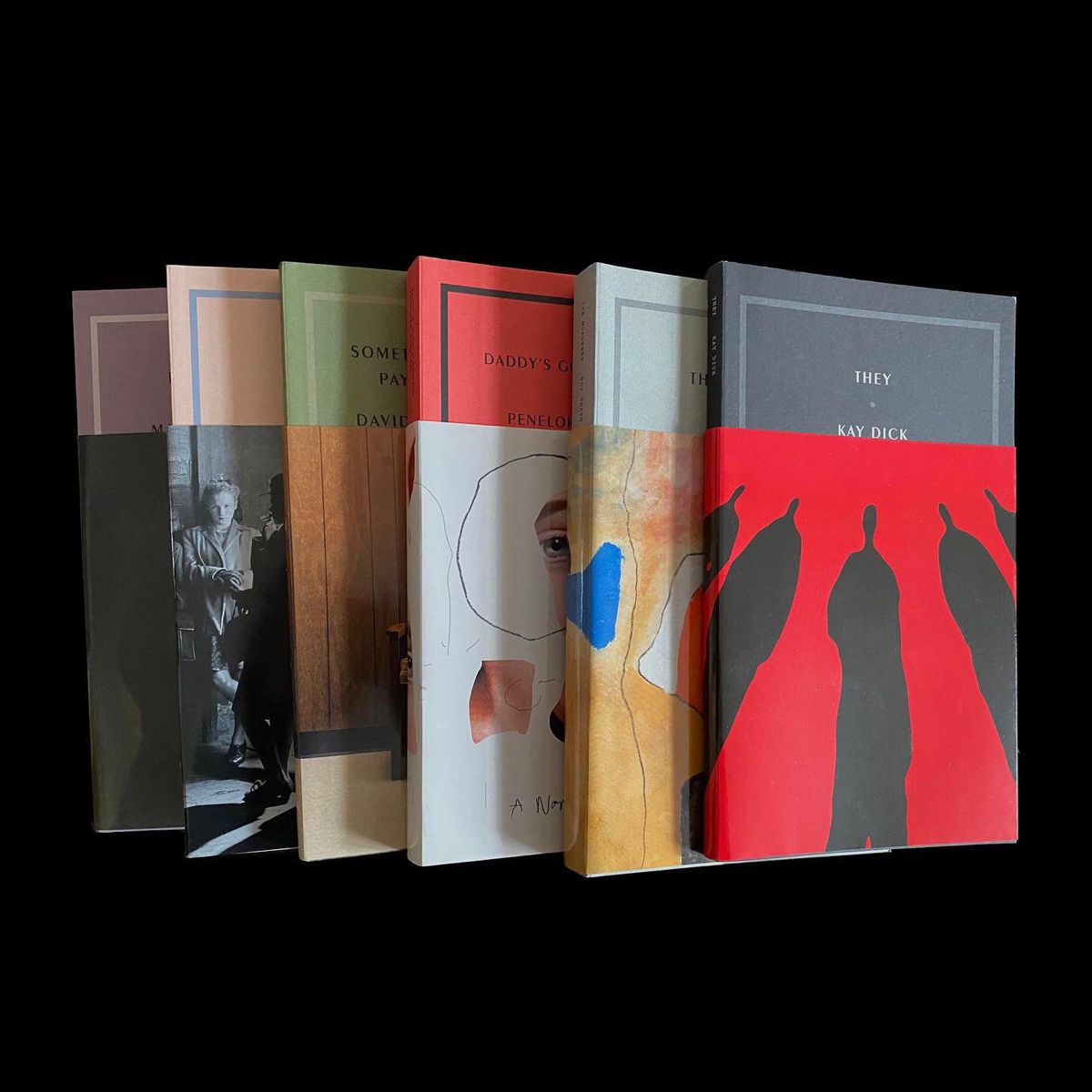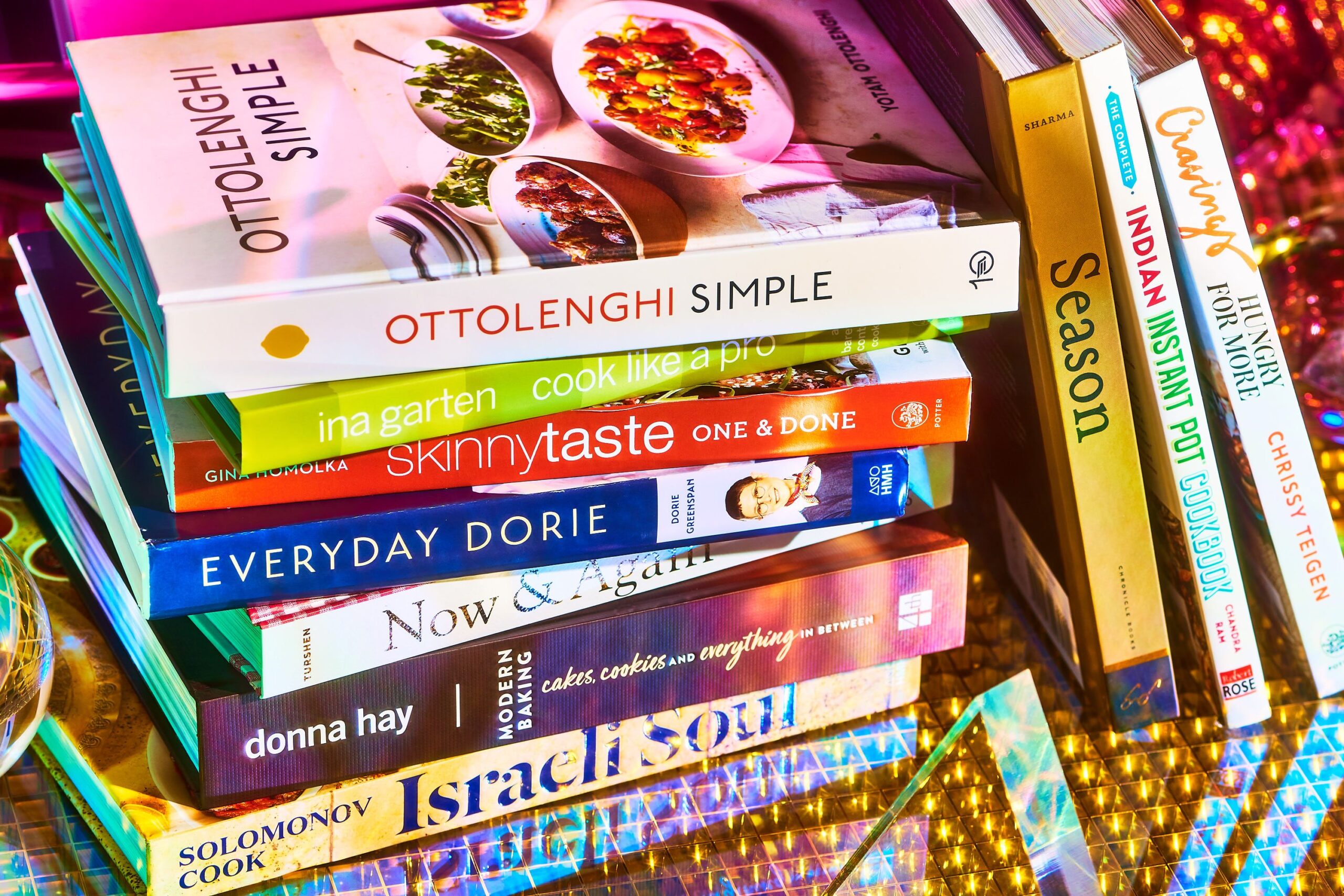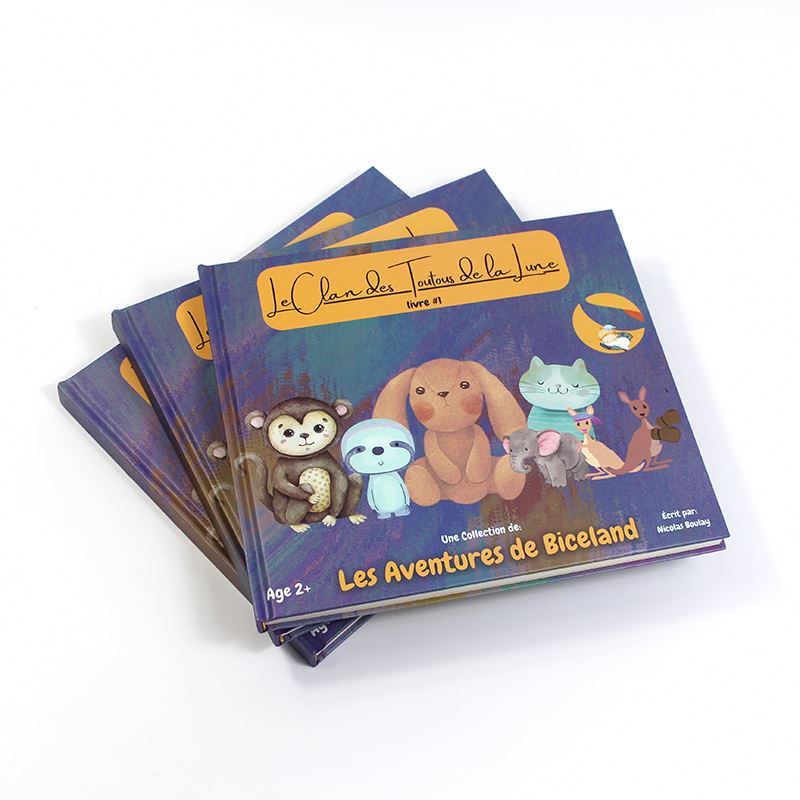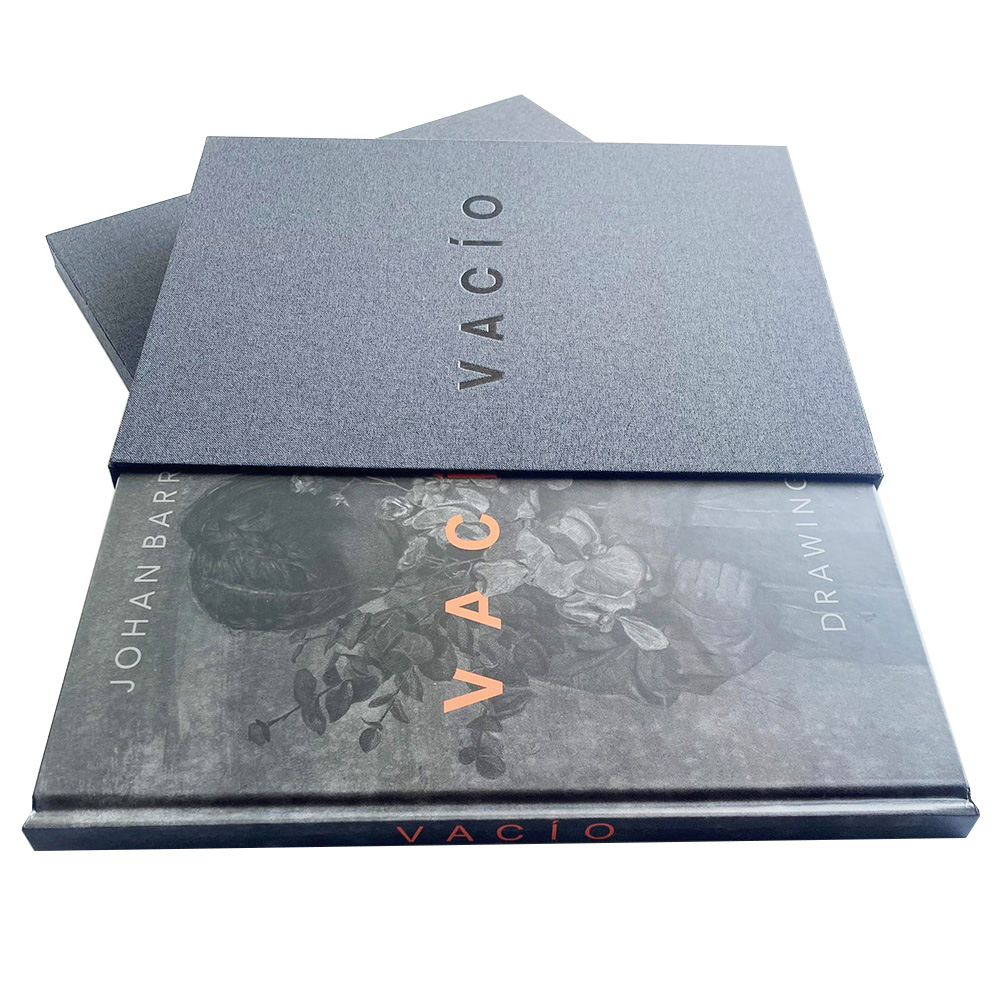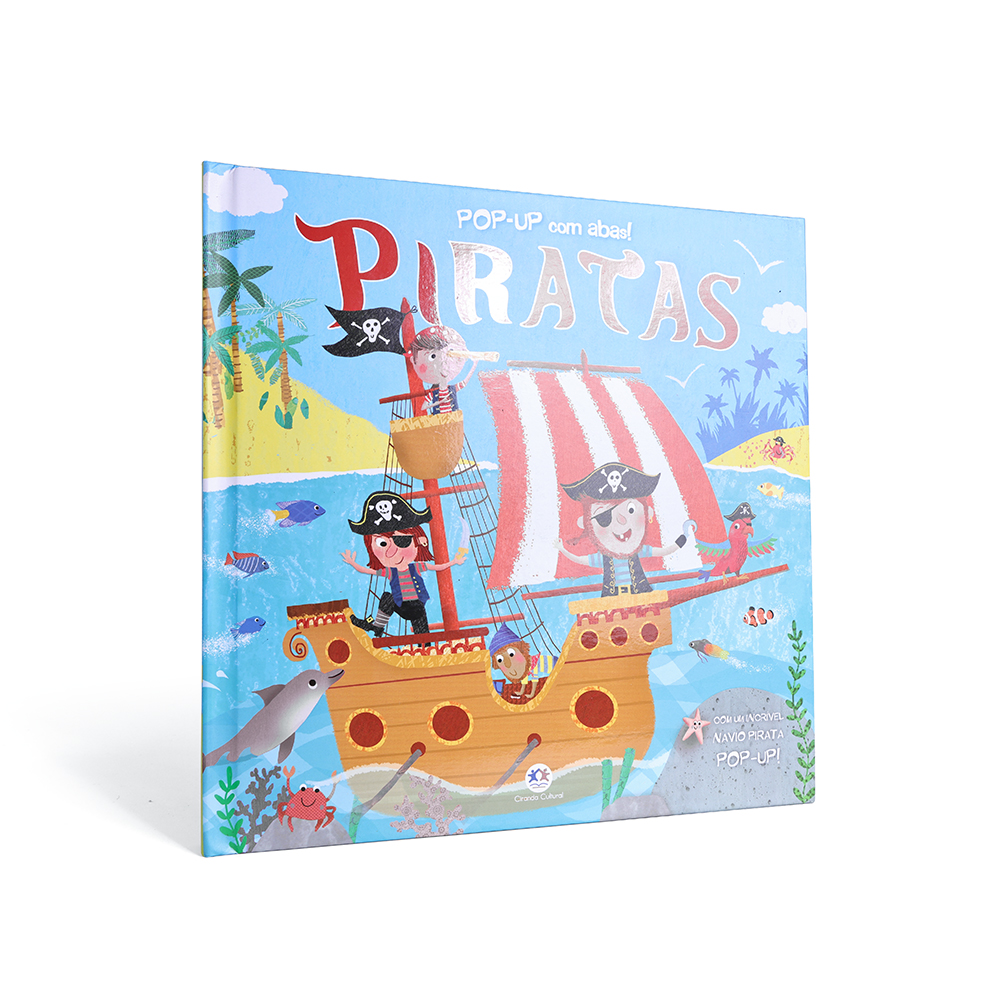책을 인쇄하는 데 드는 비용은 얼마인가요?
Printing a book, whether for self-publishing, small business needs, or custom orders, involves a variety of factors that directly impact the overall cost. For anyone looking to turn their manuscript into a physical book, understanding these key factors can help in securing accurate quotes and making well-informed decisions. This article delves into the primary aspects that determine book printing costs and provides practical insights on how these factors influence the final price.
목차
1. Size of the Book
The size of the book is one of the first elements a printing company will consider when calculating costs. Standard book sizes are often more economical to print, while custom sizes can lead to increased prices.
- Standard Sizes: Typical sizes, like 6×9 inches for trade paperbacks or 8.5×11 inches for textbooks, are generally more affordable because they fit within standard press settings, meaning less paper waste and more efficient production.
- 사용자 정의 크기: Opting for non-standard dimensions can raise costs. Custom sizes often require special adjustments in the printing and binding process, potentially leading to additional setup fees or material costs.
Why Size Matters
Book size affects paper usage and production efficiency, impacting the total cost. Knowing your preferred size upfront helps printers assess paper requirements and optimize printing, which can lead to lower costs, especially if bulk printing is involved.
2. Number of Pages
The number of pages directly influences the cost of printing a book. More pages mean more materials, printing time, and higher production costs.
- Page Count and Material Cost: Paper is a significant cost factor, so the more pages you have, the more paper is required, leading to higher costs. Book thickness also influences binding methods, as heavier books may require more robust bindings.
- Impact on Spine Width and Binding: A thicker book will typically require a wider spine, which may increase binding costs, particularly if it requires specific binding techniques to ensure durability.
Estimating Costs Based on Page Count
To estimate costs accurately, calculate the page count by finalizing the book’s content and design. Knowing the number of pages will allow printers to provide a clearer breakdown of costs for paper, binding, and other components.
3. Use of Color
Printing costs vary significantly depending on whether your book contains color pages or is entirely black-and-white. Each approach has its own pricing structure, often based on the type of content and visual requirements of the book.
- Full Color vs. Black and White: Black-and-white books are generally cheaper to print than color books, as color printing requires additional ink and sometimes a different type of printer. Color printing is often used for children’s books, cookbooks, and design-heavy materials, while novels and text-focused books are usually printed in black and white.
- Partial Color: Some books only include color on select pages, such as images or illustrations. This can be more cost-effective than full-color printing but still incurs higher costs than all-black-and-white printing. Discussing with a printer about specific color placement can help in managing costs.
How Color Affects the Printing Budget
Color printing, particularly in high-quality formats, generally increases the cost per page. Printers may offer options for partial color placement to achieve the visual impact you desire without inflating your budget too much.
4. Type of Cover
The choice between a hardcover and a paperback cover will also significantly affect printing costs. Each option provides different benefits and price considerations.
- Paperback (Soft Cover): Paperback books are often more affordable due to the lower cost of materials. They are flexible, lighter, and less expensive to produce, making them a popular choice for novels and self-published books.
- Hardcover (Hard Cover): Hardcover books offer durability and a premium feel, often preferred for high-value or collectible editions. They involve more materials and additional steps in production, which raises the cost. Hardcover books may also include features like dust jackets, which add further to the expense.
- Additional Cover Options: Some covers may have extra features, such as embossing, foil stamping, or UV coating, which enhance the book’s aesthetic but increase the overall production cost.
Choosing the Right Cover for Your Book’s Purpose
While hardcovers are more expensive, they provide a long-lasting and professional appearance, which can justify the cost for certain types of books. Paperbacks, on the other hand, offer a balance between quality and affordability, ideal for self-publishing or mass-market distribution.
5. Type of Binding
Binding plays a crucial role in both the book’s durability and its overall production cost. Different types of binding are suited for different kinds of books and budgets.
- 완벽한 바인딩: Perfect binding, often used for paperbacks, involves gluing the pages to the spine. This is a cost-effective option that provides a clean, professional look suitable for most trade books.
- 나선형 바인딩: Spiral binding is ideal for manuals, workbooks, and other practical guides, allowing books to lay flat when open. However, spiral binding can be pricier, depending on the material and thickness of the wire used.
- Wire-O Binding: Similar to spiral binding, Wire-O binding offers a more sophisticated look and is often used for presentation or high-end instructional books. While it’s durable and functional, Wire-O binding generally has higher production costs.
- Sewn Binding: Sewn binding is often found in hardcover books and offers the highest durability. This method is more costly but enhances longevity and is suitable for high-quality or collectible books.
Binding for Functionality and Budget
Selecting the right binding can depend on the intended use and target audience of the book. For instance, a manual or cookbook might benefit from spiral binding, while a novel could be more affordably bound with perfect binding.
Additional Cost Factors to Consider
While these five main factors greatly influence printing costs, other elements can also impact the price.
- Quantity of Books Printed: Printing in bulk is often more economical per unit than printing small quantities. Many printers offer discounts for larger orders, so the per-book cost decreases as the quantity increases.
- Shipping and Distribution Costs: Shipping costs can vary based on the weight, size, and destination of the books. Discussing distribution options with the printer or choosing local printers can help reduce these costs.
- 종이 품질: High-quality paper and specialty finishes, such as matte or glossy, add to the overall cost. The choice of paper should align with the book’s purpose and audience.
- Printing Setup Fees: Initial setup fees can apply for things like preparing files, adjusting machinery, and completing other pre-press tasks. These are often one-time fees and can be minimized by providing accurate, print-ready files.
Practical Tips to Save on Book Printing Costs
- Clarify Specifications: Providing clear specifications, such as size, page count, and color requirements, enables printers to deliver precise quotes.
- Consider Print-on-Demand Services: For smaller quantities, print-on-demand (POD) services can be cost-effective, eliminating the need for bulk printing.
- Seek Bulk Discounts: If you’re planning a large print run, look for printers that offer volume discounts.
- Request a Proof Copy: Ordering a proof copy can save you from costly mistakes by allowing you to review the final product before committing to a full print run.
결론
Printing a book requires careful consideration of numerous factors, from the book’s size and page count to its binding and color requirements. Each choice influences the final cost, and understanding these elements helps make the process more predictable and budget-friendly. Whether you’re printing a single edition or a large batch, being clear about your specifications allows printers to offer accurate quotes that align with your budget.
By knowing these essentials, you can approach book printing with confidence, ensuring that your finished product is both affordable and aligned with your vision.
자주 묻는 질문
Question 1: How does print-on-demand (POD) compare to traditional printing for book costs?
A: Print-on-demand (POD) is ideal for smaller print runs, as it eliminates the need for large upfront investments. With POD, books are printed only when ordered, reducing storage costs and minimizing waste. However, the per-book cost is generally higher than with traditional bulk printing, so POD is most cost-effective for low-volume or one-off print runs rather than large quantities.
Question 2: Can I lower printing costs by using different paper types?
A: Yes, choosing a more economical paper type can reduce printing costs. Standard paper types are usually more affordable than premium or specialty options like glossy or archival-grade paper. If your book does not require high-end finishes, opting for standard paper can help cut expenses. Discuss paper choices with your printer to find a balance between cost and quality that suits your project.
Question 3: What is the typical cost difference between paperback and hardcover printing?
A: Hardcover printing generally costs more than paperback due to the materials, binding method, and added steps involved. On average, hardcover books can be 2-3 times more expensive per unit compared to paperbacks. However, hardcovers provide a premium feel and enhanced durability, making them suitable for collectibles, high-value editions, or books intended for long-term use.
도서 인쇄
새로운 제품
마지막 블로그
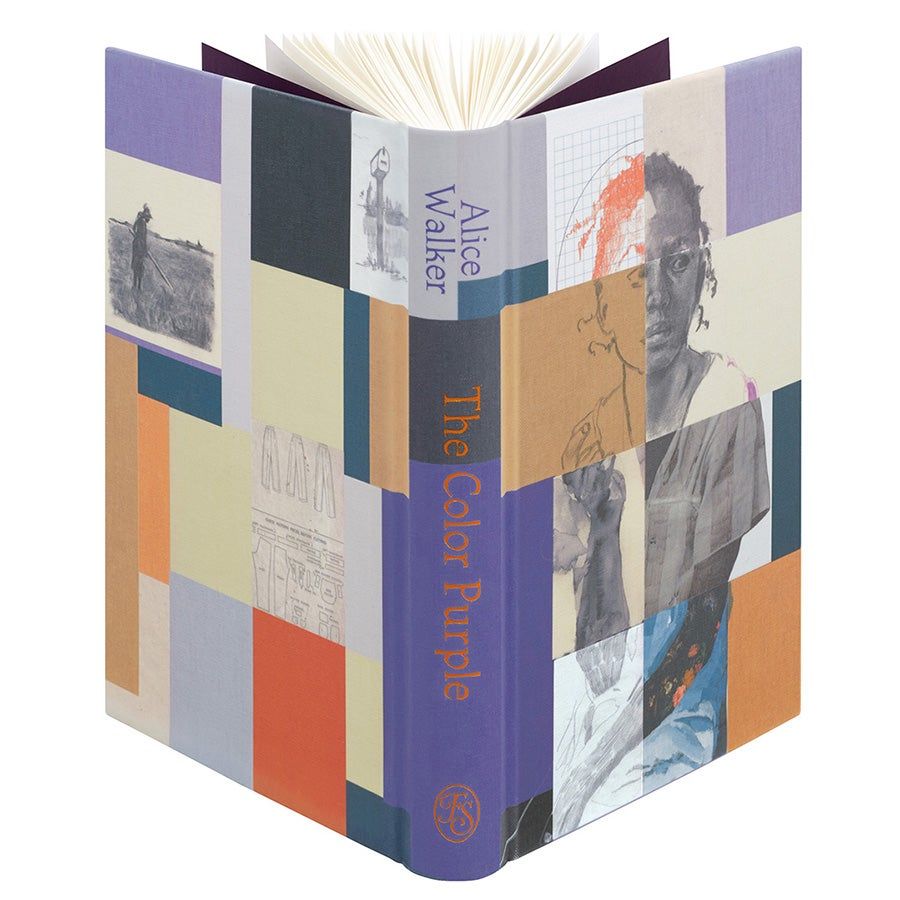
맞춤형 하드커버 제본에 대한 포괄적인 가이드
하드커버 제본은 탁월한 내구성과 우아한 미학으로 인해 작가, 출판사 및 책 애호가에게 여전히 최고의 선택입니다. 페이퍼백 책은 편리함과 휴대성을 제공하지만,
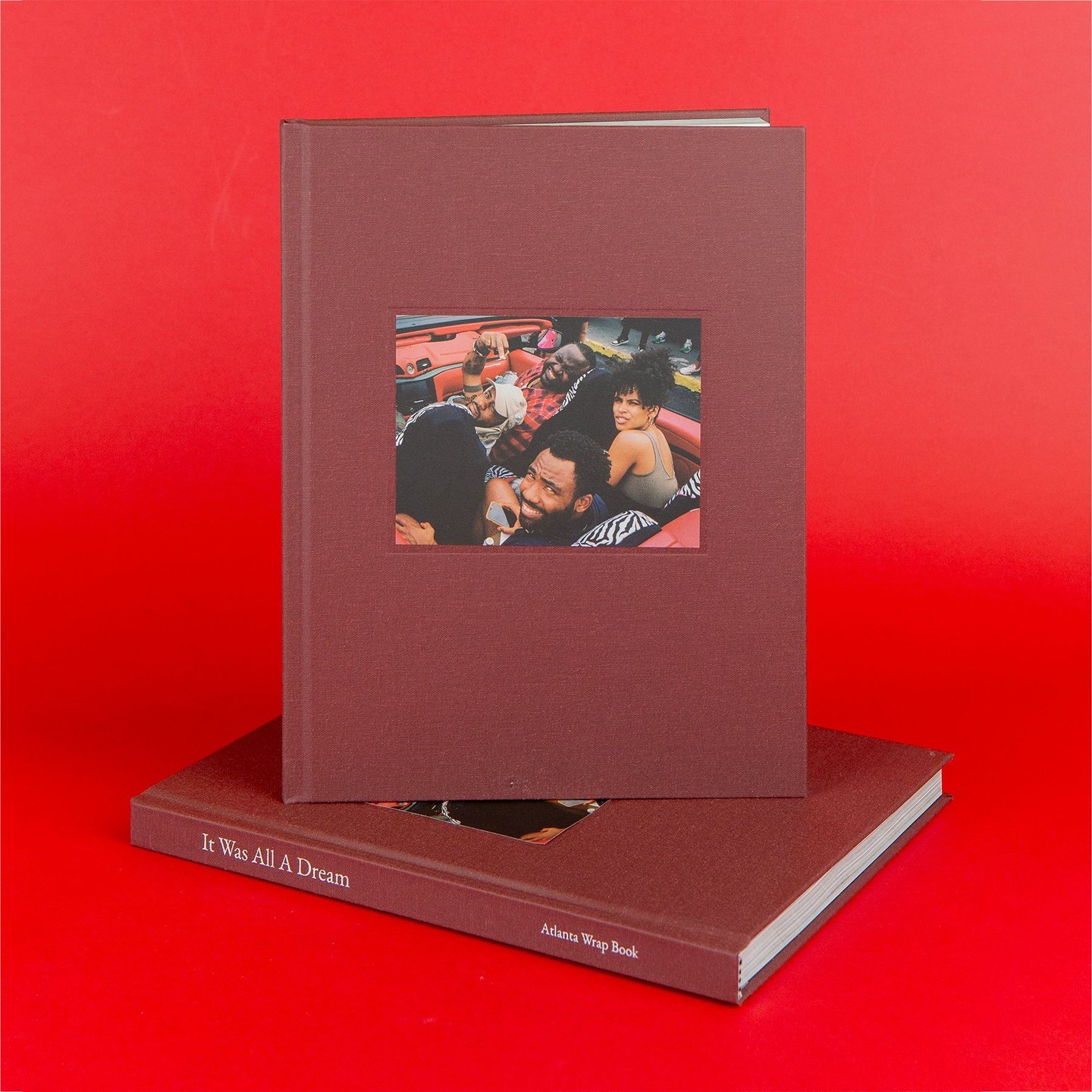
포토북 제작 비용은 얼마인가요?
포토북을 만드는 것은 추억을 보존하고, 인생의 이정표를 기념하거나, 심지어 특별한 사람에게 독특한 선물을 주는 이상적인 방법입니다. 그러나 많은 사람들이 *"포토북을 만드는 데 얼마나 들까요?"*라고 묻습니다. 고품질 포토북을 만드는 비용은 다양한 요인에 따라 상당히 다를 수 있습니다.
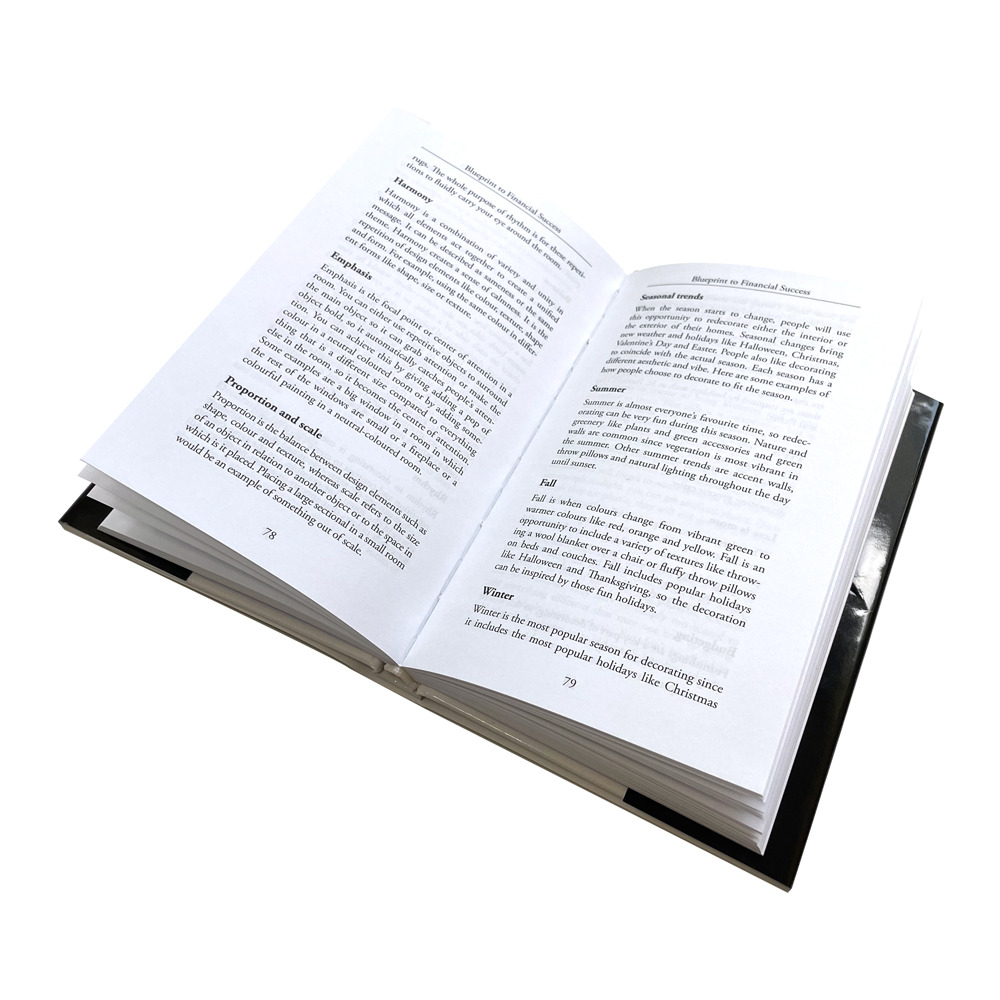
인쇄된 책의 목적은 무엇인가?
어린이 책을 만들 때는 모든 요소가 중요합니다. 특히 종이 선택이 중요합니다. 올바른 종류의 종이를 선택하면 책의 모습을 더욱 돋보이게 할 수 있습니다.
문의하기
- +86 13946584521
- info@booksprinting.net
- 8:00 - 22:00 (월~일)
태그
댓글
관련 블로그
도서 인쇄 사업의 최신 트렌드와 일반적인 지식을 찾아보세요.

책을 인쇄하는 데 얼마나 드나요?
책 인쇄 프로젝트를 시작할 때 저자와 출판사가 직면하는 첫 번째 질문 중 하나는 책을 인쇄하는 데 얼마나 드는가입니다. 책 인쇄 비용은 책의 유형, 인쇄 수량 등 여러 요인에 따라 크게 달라질 수 있습니다.
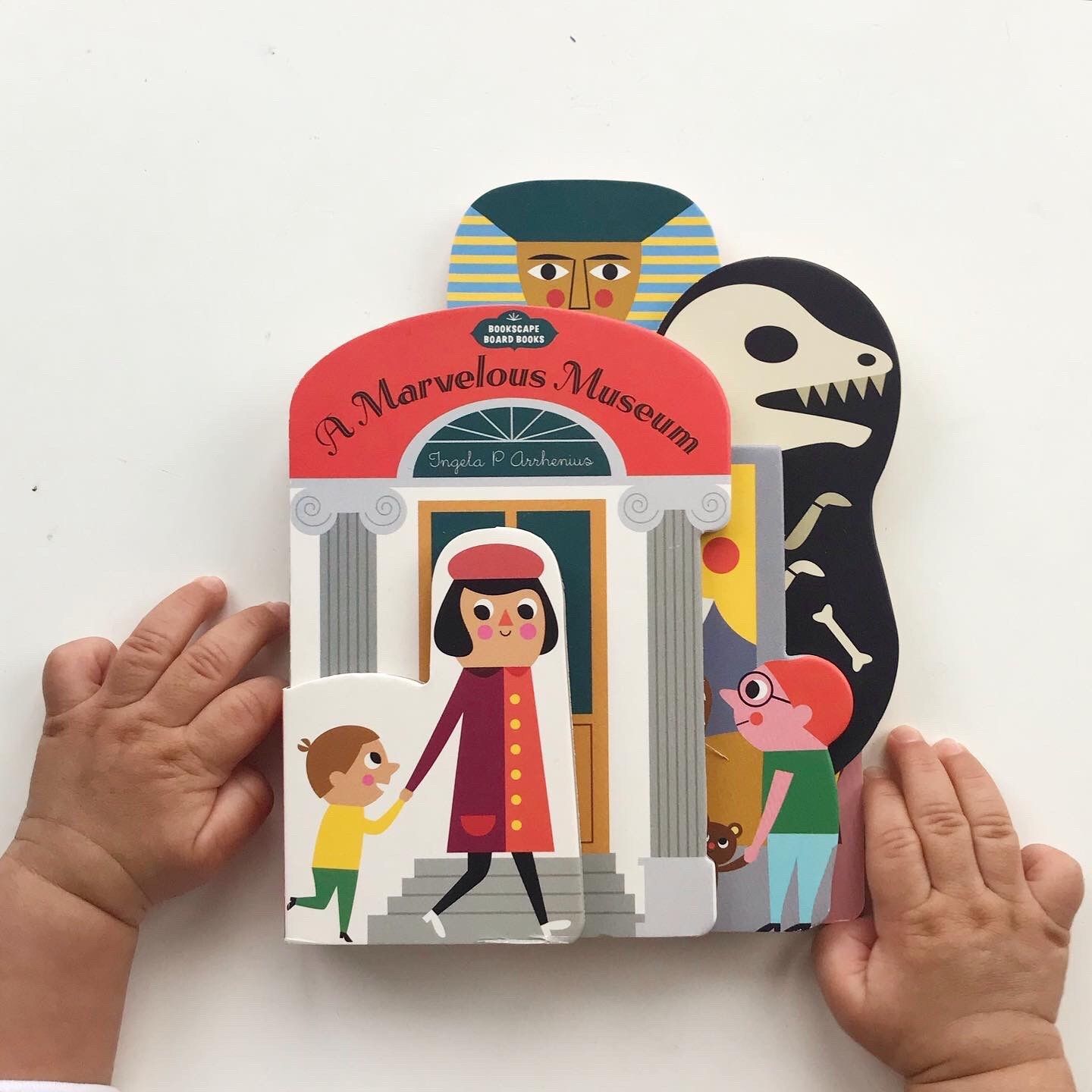
보드북과 하드커버의 차이점은 무엇인가
어린 독자를 대상으로 문학 작품을 출판할 때 하드커버든 보드북이든 올바른 인쇄 형식을 선택하는 것은 독자의 특정 요구를 충족하는 데 중요한 역할을 합니다.
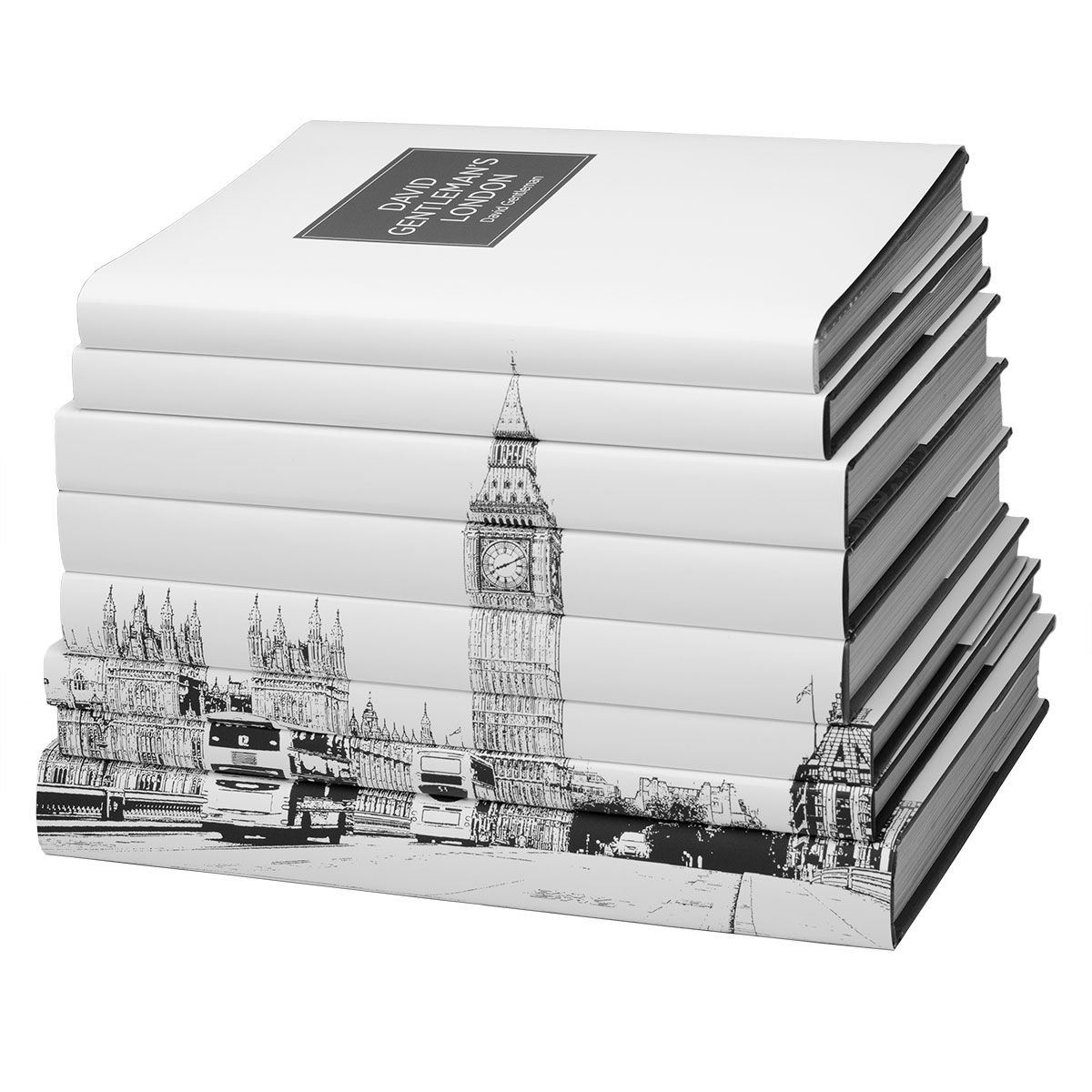
중국에서 올바른 책 인쇄 공장 선택
당신은 야심찬 작가이거나 문학 작품을 생생하게 표현하고 싶어하는 셀프 퍼블리셔입니까? 올바른 책 인쇄 공장을 선택하는 것은 출판물의 품질과 성공에 상당한 영향을 미칠 수 있는 중요한 단계입니다.
